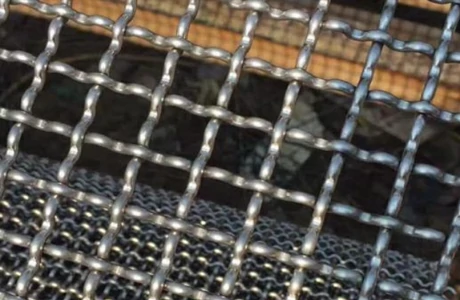sizes of common nails
Understanding the Sizes of Common Nails
Nails are fundamental components in construction and carpentry, serving a wide variety of purposes from holding pieces of wood together to providing structural support. However, one of the most crucial aspects of using nails is understanding their sizes. Choosing the correct nail size is essential to ensure strong, durable construction while preventing wood from splitting or warping. This article explores the different sizes of common nails, their uses, and how to select the right ones for your project.
Common Nail Sizes
Nails come in various sizes, typically categorized by their length and gauge. The length of a nail is measured in inches, while the gauge indicates its thickness. Here is a brief overview of some common nail sizes and their applications
1. Finishing Nails These are typically between 1 inch to 2.5 inches long and have a small head, which allows them to be driven into the wood with minimal visibility. Finishing nails are often used in trim work, cabinetry, and other woodworking projects where aesthetics are essential.
2. Common Nails Common nails range from 2 to 6 inches in length and have a larger head, making them ideal for framing and structural applications. They are robust and can be used in a variety of jobs, such as building walls, roofs, and heavy furniture.
3. Box Nails Slightly thinner than common nails, box nails are commonly used in light-duty construction, such as assembling wooden boxes or crates. They range from 1.25 inches to 3.5 inches in length and are less likely to split wood, making them suitable for delicate work.
4. Concrete Nails These nails are specially designed for fastening wood to concrete or masonry. They are generally 1.5 to 3 inches long and have a hardened body to withstand the dense material they penetrate. When using concrete nails, it’s crucial to pre-drill a hole to prevent breakage.
5. Brad Nails Brad nails are extremely thin and range from 5/8 inch to 2 inches in length. They are primarily used for delicate trim work and smaller projects where a smaller hole and less splitting are desired. A nail gun can conveniently be used to drive brads into the material with precision.
sizes of common nails

6. Screws Although not technically nails, screws are often grouped with them due to their fastening abilities. Nails typically provide a quicker fastening solution; however, screws offer greater holding power. They come in various lengths and gauges, and the choice of screw often depends on the materials being fastened.
Choosing the Right Nail Size
When selecting the right nail size for your project, consider the following
- Material Type The type of wood you are using significantly impacts your nail choice. Softer woods like pine may accommodate larger nails, while harder woods may require smaller or specialty nails to avoid splitting.
- Thickness of Material As a general rule, a nail should penetrate at least 1.5 times the thickness of the material being fastened. For instance, if you are nailing two thicknesses of 3/4 inch plywood together, you should use a nail that is at least 1.5 inches long.
- Application Purpose Consider the intended use of the joint. For structural applications like framing, use common nails for their strength. Conversely, for trim work, opt for finishing nails to ensure a clean finish.
- Environmental Considerations If your project is exposed to moisture, consider using galvanized or stainless steel nails to prevent rusting.
Conclusion
Understanding the sizes of common nails and their appropriate applications is critical for successful woodworking and construction projects. By carefully selecting the right nail length and gauge for your specific needs, you can ensure that your work is not only strong but also aesthetically pleasing. Investing time in learning about nails, their sizes, and their uses will ultimately lead to more durable and finely crafted work, whether you are a professional contractor or a DIY enthusiast.
-
Space-Saving Chain Fence Hacks Vertical Gardening with Cyclone MeshNewsJul.16,2025
-
Innovations in Iron Nail Wire Production for Modern ConstructionNewsJul.16,2025
-
Creative Uses of Wire Netting Fence in Modern Landscape DesignNewsJul.16,2025
-
Barbed Wire Fence Innovations in Anti-Climb TechnologyNewsJul.16,2025
-
Architectural Uses of Umbrella Nails for Aesthetic Roof DesignsNewsJul.16,2025
-
Architectural Uses of Razor Barbed Wire in Secure Urban DesignNewsJul.16,2025




